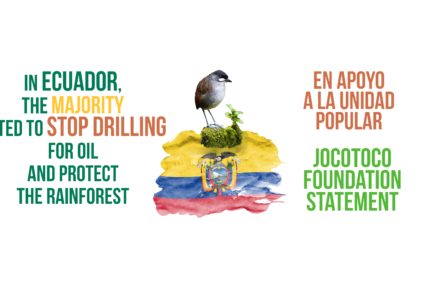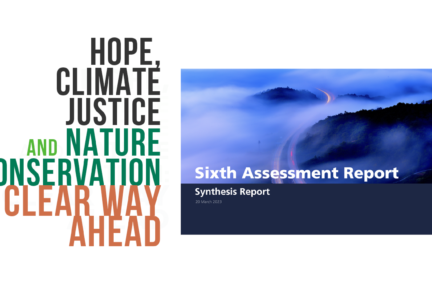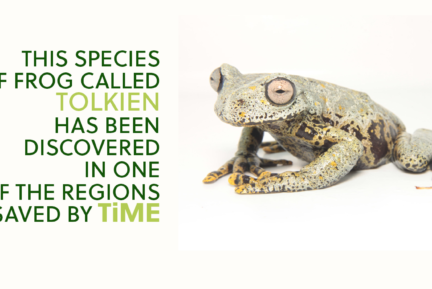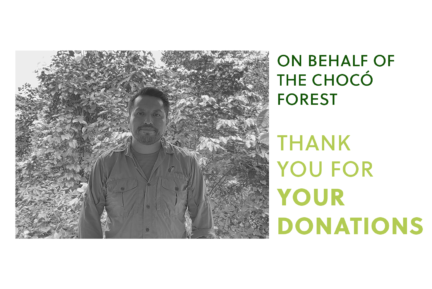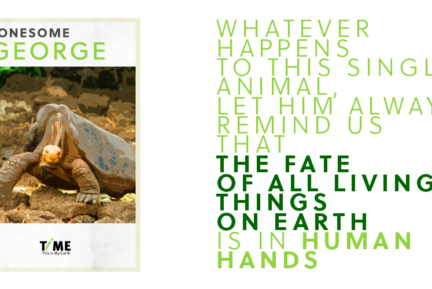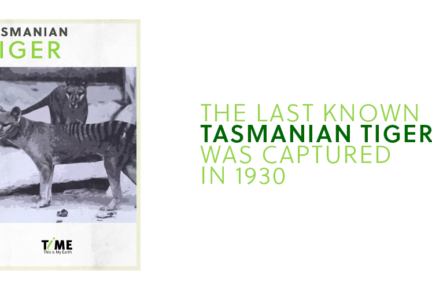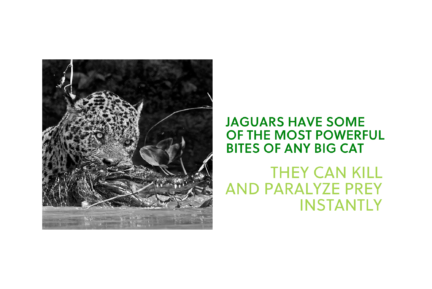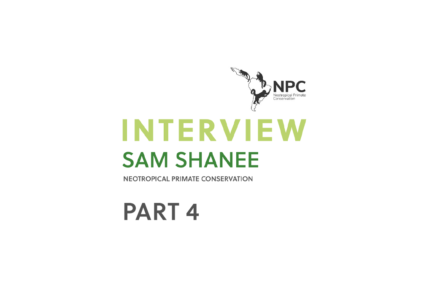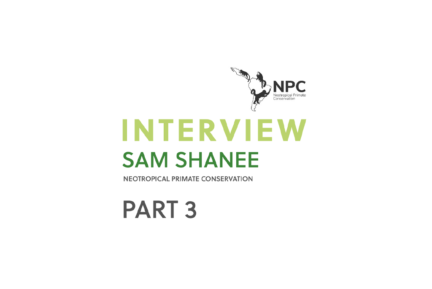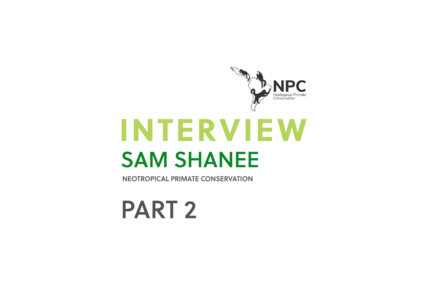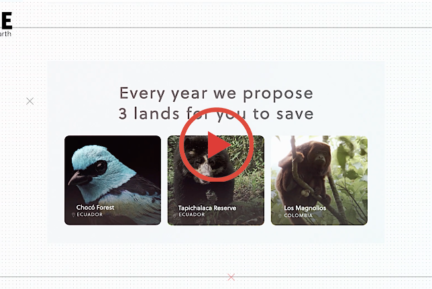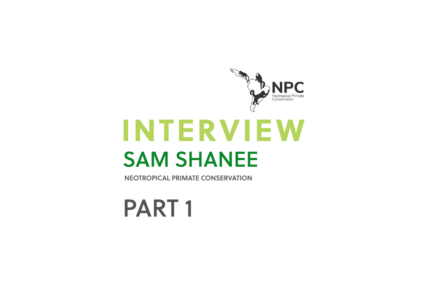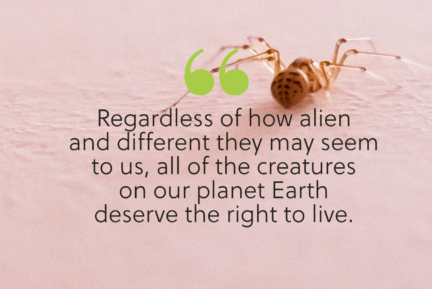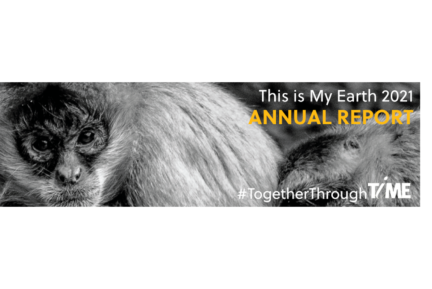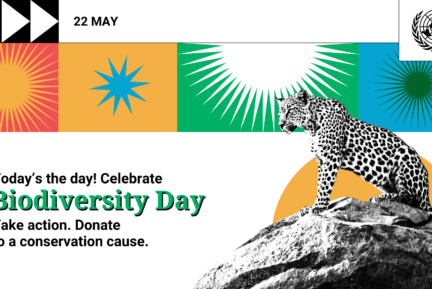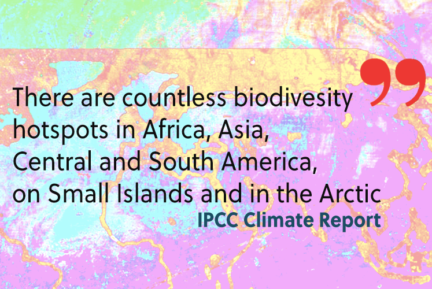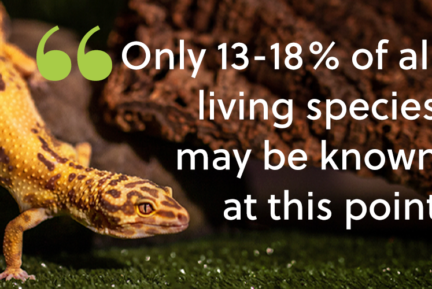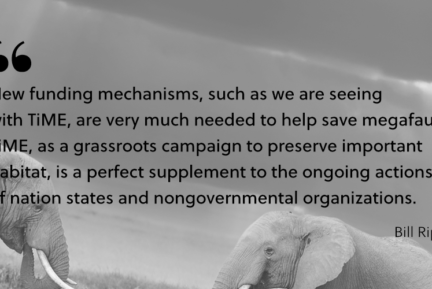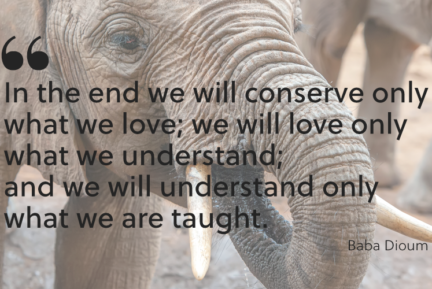Since the dawn of humanity, we have been actively fighting nature: drying swamps, cutting down forests, using strong pesticides (such as DDT) and hunting wildlife to extinction (think of the dodo, Tasmanian tiger, passenger pigeon and many, many more). Today, experts believe that we are facing a sixth mass extinction, which is entirely attributable to the activity of one species, humans.
Rainforests are home to more than half of the species living in this world, and yet, by the time you have completed reading this line, a rainforest the size of several football fields was destroyed. At a natural rate, between one and five species become extinct every year. However, we are now losing between two hundred and two thousand species every year. These numbers are alarming.
Today, we are on the verge of losing one of the largest, most impressive and intelligent species on earth: the elephant. Every 15 minutes an elephant is killed by poachers for its tusks. Every day 96 elephants are viscously removed from this world.
A new study [1] found that forest elephants, one of the slowest reproducing mammals on earth, lost 65% of their population between 2002 and 2013. It will take them almost a century to recover. “The basic biology of this species is designed for a system where they grow slowly, where they increase in number slowly, and the pressure we’re putting on them to harvest ivory is simply too much for them to bare,” said Professor George Wittemyer, from Colorado State University and the chair of the scientific board of Save the Elephants.
Recently it was also revealed [2] that between 2007 and 2014, 15 countries lost 30% of their elephant population. 144,000 savannah elephants were lost in less than a decade. In Cameroon, for example, the number of dead elephants observed by researchers was almost equivalent to the number of live ones. “These dramatic declines in elephant populations are almost certainly due to poaching for ivory,” the study said.
While the international ban on ivory trade dates back to the 1990s, domestic trade is still legal in many places. Even in the US, commercial trade of African Elephant ivory was banned only recently and domestic trade is still allowed for antiques.
The most heated debate at the International Union for the Conservation of Nature (IUCN)’s 6th World Conservation Congress held earlier this month concerned the domestic ivory trade. Japan and South Africa were the strongest opponents of the proposed appeal to ban all domestic trade in ivory. They were supported by Namibia, Zimbabwe and some pro-trade and hunting organizations. Fortunately, the motion to ban domestic trade in ivory was adopted by the congress as it was backed by the majority of nations and environmental groups.
“Today’s vote by IUCN members is the first time that a major international body has called on every country in the world to close its legal markets for elephant ivory,” said Andrew Wetzler, deputy chief program officer at the Natural Resources Defense Council. While this motion holds no legal power, it is a significant step towards stopping the decline in elephant populations.
“The shutting down of domestic ivory markets will send a clear signal to traffickers and organized criminal syndicates that ivory is worthless and will no longer support their criminal activities, causing security problems in local communities and wiping out wildlife,” said Cristián Samper, chief executive of the Wildlife Conservation Society.
Elephants are without a doubt one of the most beloved and iconic creatures on this planet. It feels like they are slipping through our fingers despite all of the efforts made to conserve them. Baba Dioum, a Senegalese forestry engineer, said in the general assembly of the IUCN in 1968: “In the end we will conserve only what we love; we will love only what we understand; and we will understand only what we are taught.” And if we are struggling to conserve those we love, how can we conserve all the others?
References:
- Turkalo, Andrea K., Peter H. Wrege, and George Wittemyer. “Slow intrinsic growth rate in forest elephants indicates recovery from poaching will require decades.”Journal of Applied Ecology (2016).
- Chase, Michael J., et al. “Continent-wide survey reveals massive decline in African savannah elephants.”PeerJ 4 (2016): e2354.
Links:


















